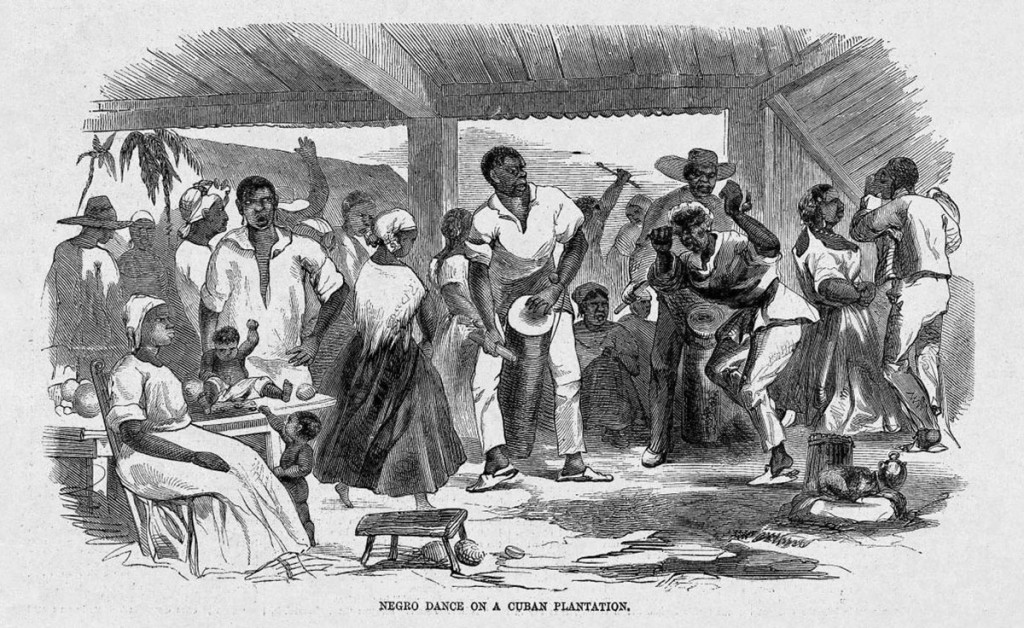 Sen. Ted Cruz is an elitist Cuban-American, representative of Cuban plantation owners who imported and exploited African slaves for generations. A lesson plan from PBS’ Black in Latin America feature shows that by persecuting Haitians the Dominican Republic is simply following Cuba’s tradition of persecuting dark-skinned workers once the workers have been exploited to breaking point. This is the Cuban history:
Sen. Ted Cruz is an elitist Cuban-American, representative of Cuban plantation owners who imported and exploited African slaves for generations. A lesson plan from PBS’ Black in Latin America feature shows that by persecuting Haitians the Dominican Republic is simply following Cuba’s tradition of persecuting dark-skinned workers once the workers have been exploited to breaking point. This is the Cuban history:
When revolution broke out in the French colony of Saint Domingue (later known as Haiti), sugar production there came to a virtual halt. This caused a sudden demand for sugar. Cuban plantation owners quickly stepped in to fill the gap created by neighboring Haiti, placing Cubans in a position to profit immensely. By the mid-1800’s, Cuba replaced Haiti as the world’s leading producer of sugar, making Cuban plantation owners very wealthy. Sugar is a very labor intensive and the increased pressure to fill market demand for this lucrative crop resulted in a high death rate among slaves. Plantation owners responded to the labor shortage by purchasing more slaves thereby reinvigorating the Transatlantic slave trade even after the British sought to curtail it.

